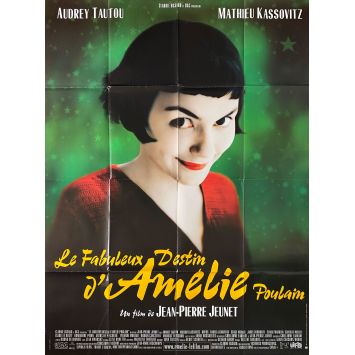 New
New
AMELIE French Movie Poster - 47x63 in. - 2001 - Jean-Pierre Jeunet, Audrey Tautou
49,00 €
|
Genre
|
Cult Movie
|
Director
|
Actor / Actress
|
Themes
|
Movie Poster Artists Galery
|
|
See all Movie Posters
|
France
|
Europe
|
U.S.A
|
World
|
Small Format Posters
Medium Format Posters
Large Format Posters
Very Large Format Posters
Linen Movie Posters
Fan-Art Posters / MONDO
Film Festival Posters
SALES!
|
|
Black and White photos / Press Stills
|
Lobby Cards
|
Large format Photos
|
|
Movie Scripts
|
Storyboards
|
Props
|
Buy your movie posters at Mauvais-Genres.com and discover the pleasure of decorating your interior with an original piece of cinema history! Our online catalog is a paradise for film buffs and collectors, with authentic vintage posters from Star Wars, Pulp Fiction, Hayao Miyazaki, Harry Potter from the greatest cinema classics to the most underground films, with dozens of new releases every week.
 New
New
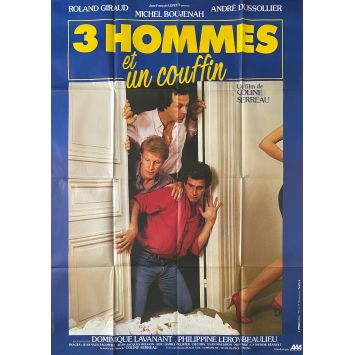 New
New
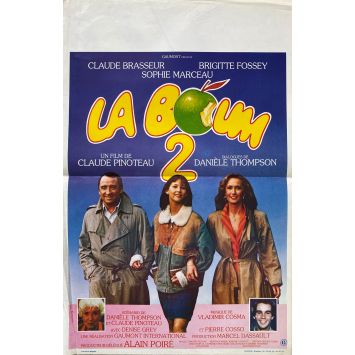 New
New
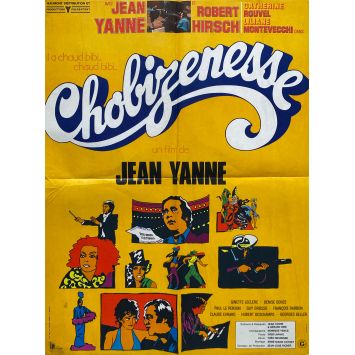 New
New
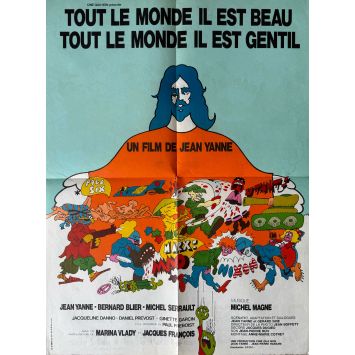 New
New
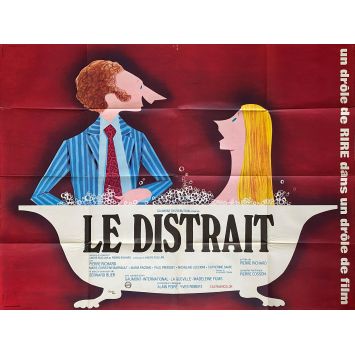 New
New
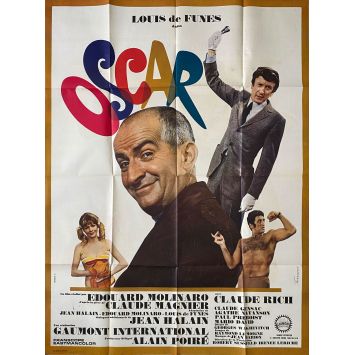 New
New
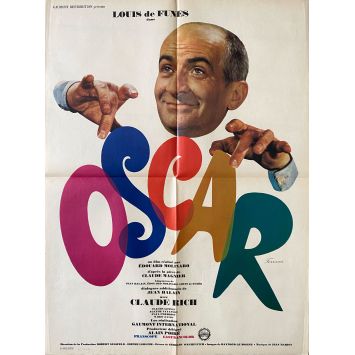 New
New
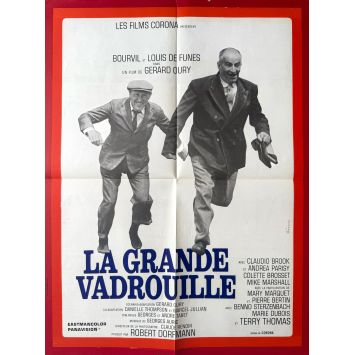 New
New
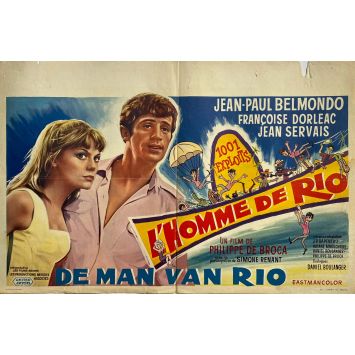 New
New
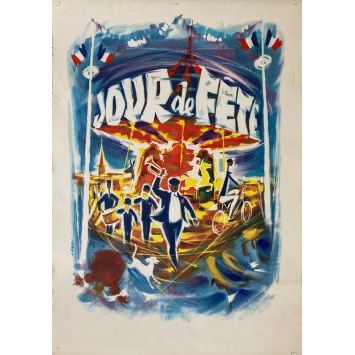 New
New
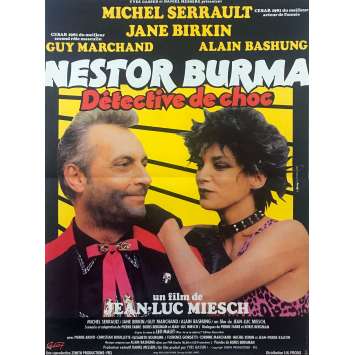 New
New
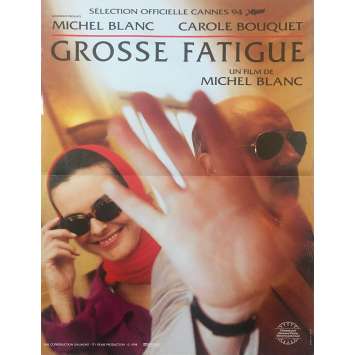 New
New
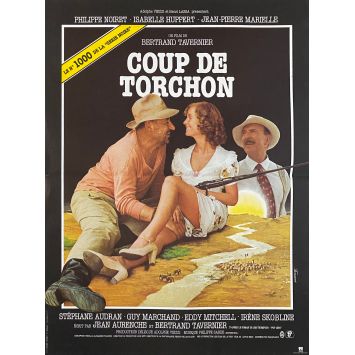 New
New
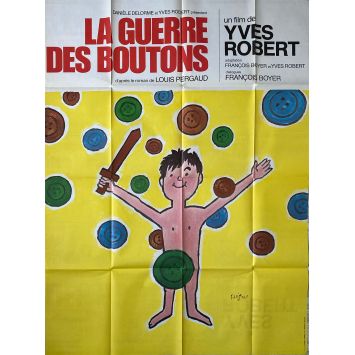 New
New
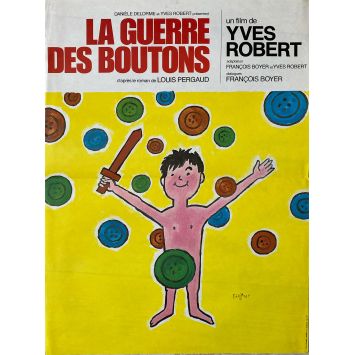 New
New
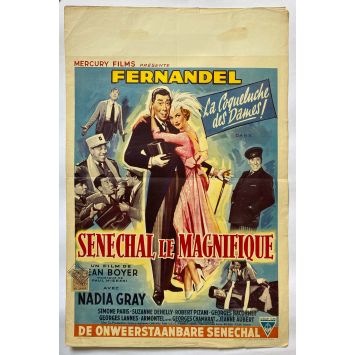 New
New
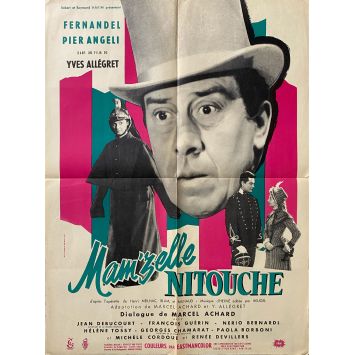 New
New
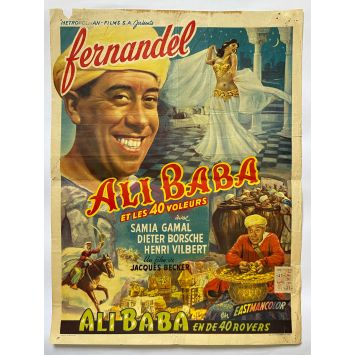 New
New
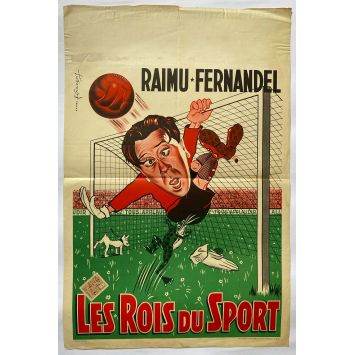 New
New
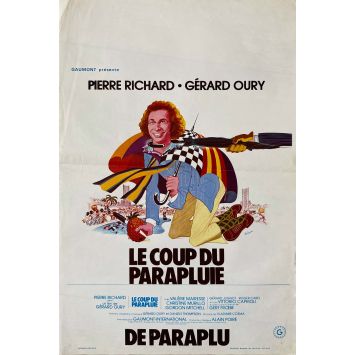 New
New
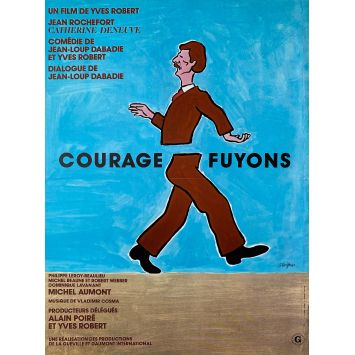 New
New
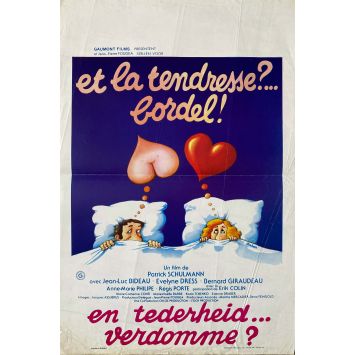 New
New
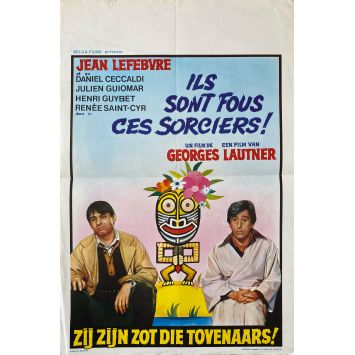 New
New
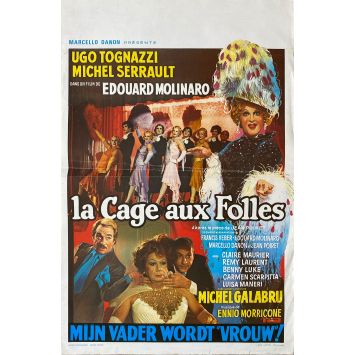 New
New
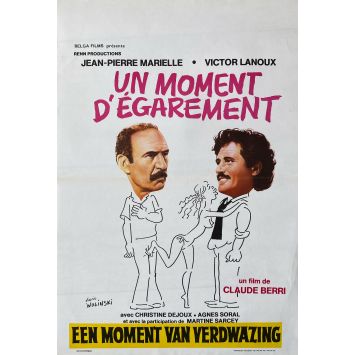 New
New
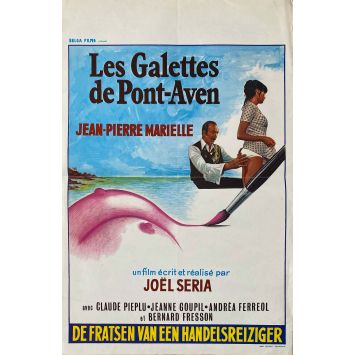 New
New
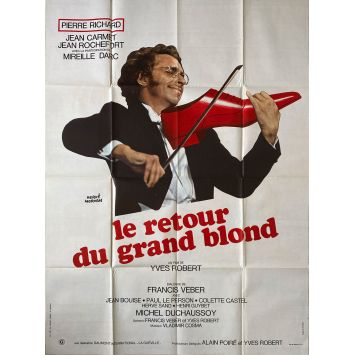 New
New
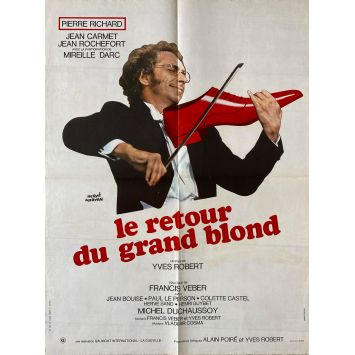 New
New
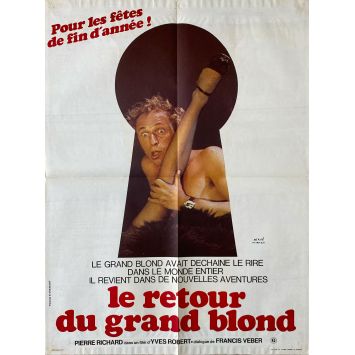 New
New
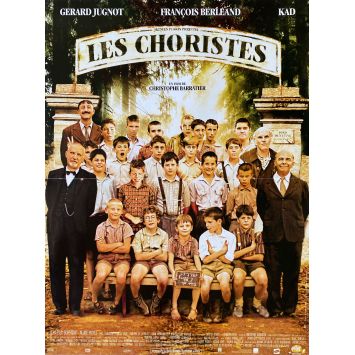 New
New
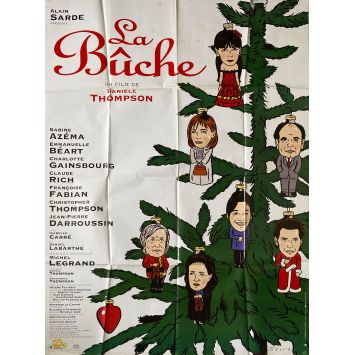 New
New
 New
New
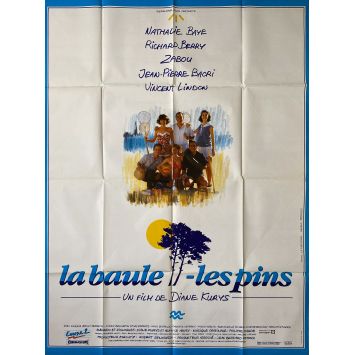 New
New
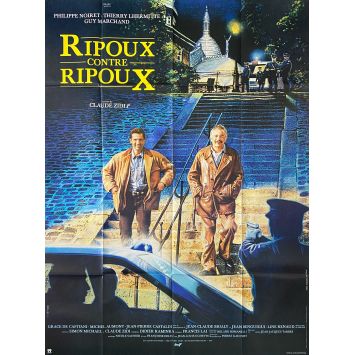 New
New
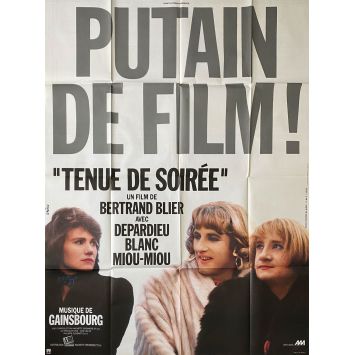 New
New
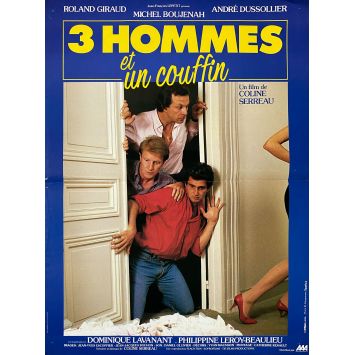 New
New
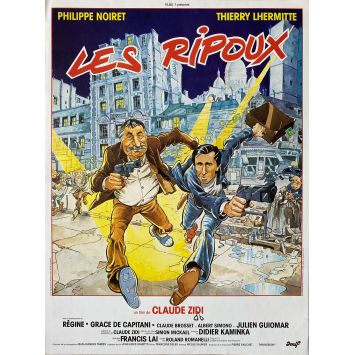 New
New
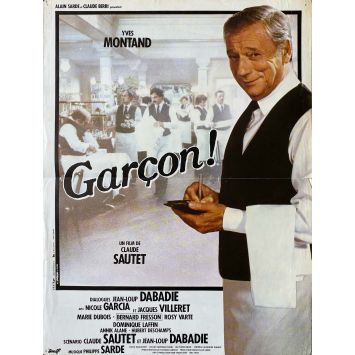 New
New
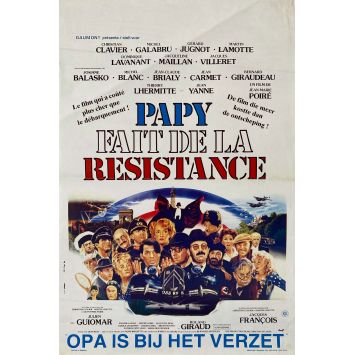 New
New